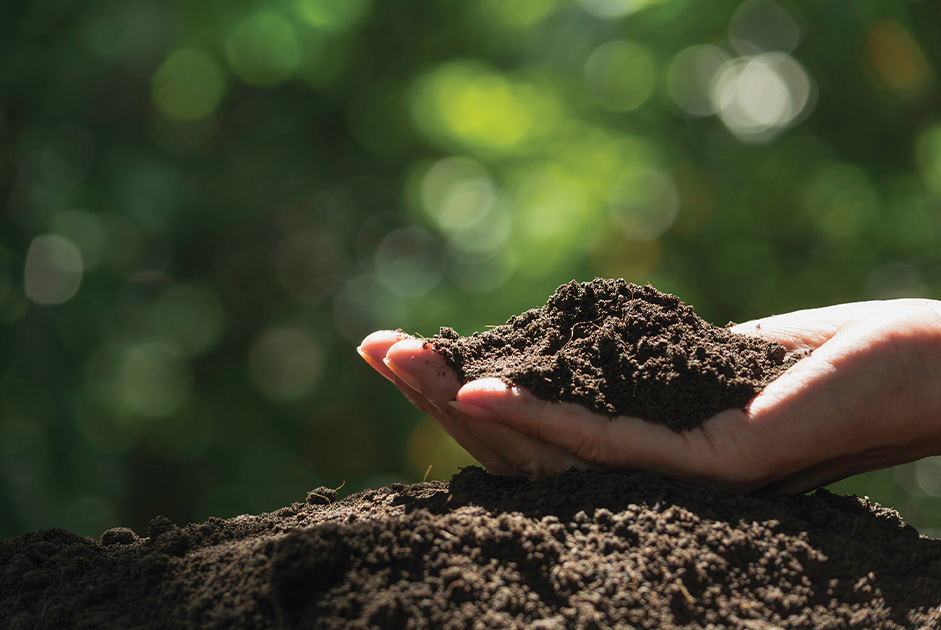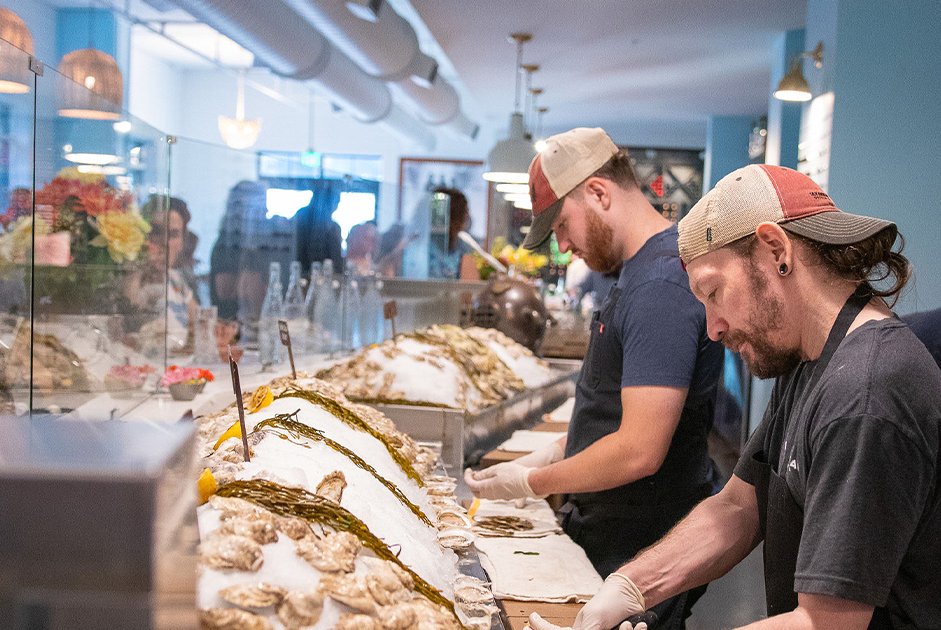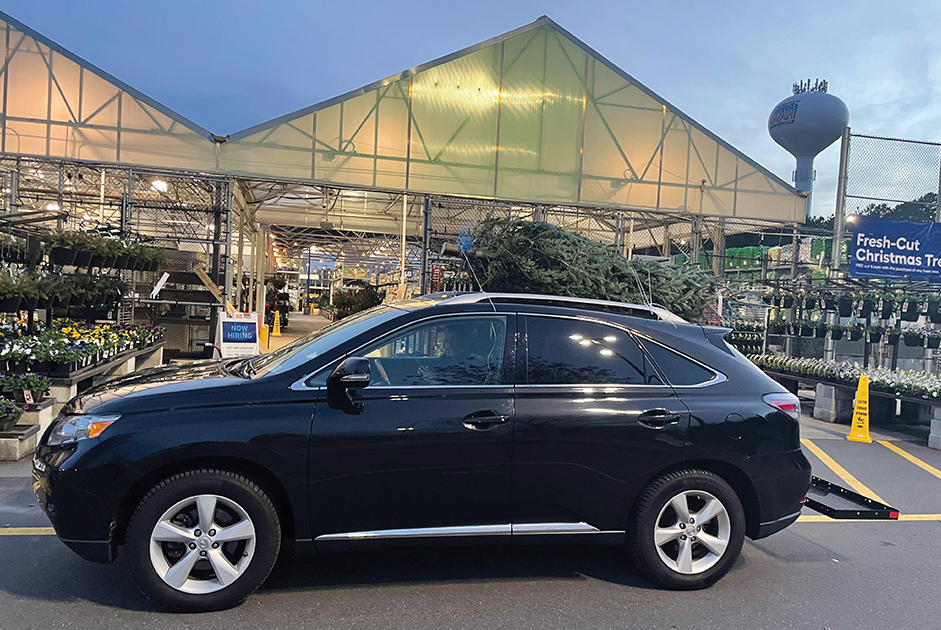BY DAVID TILLEY
Our soil is alive! A single teaspoon (1 gram) of rich garden soil can hold up to one billion bacteria, several yards of fungal filaments, several thousand protozoa, and scores of nematodes. Each one of these organisms plays a key role in our ecology. Unfortunately, most of them are either ignored or harmed by lawn care companies who do not fully understand the impact of their products. I have had countless customers say to me that their lawn looked good for the first couple years, and then it started to get worse and worse until they finally sought a new service provider.
If the living organisms which are responsible for creating plant life are not tended to, then the soil life will deteriorate and so will the grass that is living in it. GrassRoots Turf has a different approach.
Beneficial bacteria, fungi, and other life forms do all the heavy lifting within our soil and need to be fed and replenished to create the healthy balance we need for our plants to thrive. These organisms break down organic material and fertilizers to release nutrients and make them plant available. They fix CO2 and nitrogen from the air for the plants to perform photosynthesis. They clean our ground water by removing harmful pesticides and heavy metals, while also creating antibiotics for our plants to keep them healthy and disease free. These healthy organisms prey on the insect predators and keep our lawns and plants healthy and protected.
In our micro-environment of Charlotte, we are faced with heavy clay soil which is very anerobic. This means the clay is highly compact, lacks meaningful organic material, and thus does not have sufficient air pockets or pores, to hold oxygen and water. This also means we need to augment, or amend, our soils to create porosity, boost organic organisms, and provide the essential elements in the correct balance to help these colonies thrive. As these organisms move through their lifecycle, they create pockets, die, their bodies become organic material, and release plant food, which reinvigorates the soil food web and encourages more growth and healthier plants.
Now, how does GrassRoots Turf do this? In our gardens it is fairly easy because we can amend the soil with compost which is full of organic life and organic material. Our plants love compost, and it is the best way to organically feed our plants. For our lawns this is a little more challenging, but it is achievable with the right approach. Traditional applications will use mineralized fertilizers with a balance of Nitrogen, Phosphorous, and Potassium (N-P-K) in a ratio that is appropriate for the specific application time in the growing season. When you purchase a bag of fertilizer, you will generally see three numbers on the front of the bag which represent the % ratio of the nutrients in the bag with the balance being fillers. (N)itrogen, (P)hosphorous, (K) Potassium. Two common examples are 25-0-10 and 10-10-10. The 25-0-10 means there is 25% Nitrogen, 0% Phosphorous, and 10% Potassium. On the 10-10-10, which is commonly used in the garden, we have 10% Nitrogen, 10% Phosphorous, and 10% Potassium. These ratios are important as the plants need various minerals at different points in their growing season. The challenge with these products if used alone, is that there is no carbon in them to promote a healthy carbon/nitrogen balance in the soil. Our plants and organisms need both carbon and nitrogen to create the amino acids and carbohydrates needed for growth of plant and organism tissue. When we provide a high dose of mineral nitrogen fertilizer, the organisms in the soil will use the remaining carbon in the soil to process it, which reduces the carbon available for our plants and lawns. Everything must be in balance. Over time, we begin to limit the population of the organisms and, subsequently, our plants, because our nutrients are out of balance.
GrassRoots takes a soil-first approach to lawn care. We ensure we provide the essential micro-nutrients and macro-nutrients needed to support the lawn. Additionally, we feed the soil organisms with humic acid and beneficial microbial inoculations to increase the population of our healthy soil microbes. Our goal is to keep the soil in balance with the plants and continuously improve the heavy clay soils so you can enjoy a healthy lawn year after year.



















